Symbiosis is the interaction between organisms in an ecosystem. These interactions can be helpful, harmful, or neutral. There are five different types of symbiosis.
To better understand symbiosis…
LET’S BREAK IT DOWN!
Predation
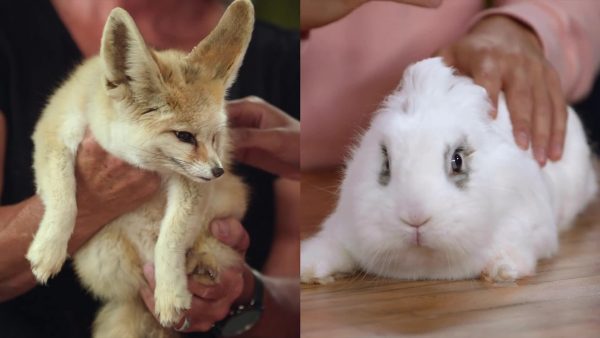
Predation is a type of symbiosis in which one animal eats another. We call the animal that gets eaten, prey. Although it seems gruesome, predation is essential to maintaining an ecosystem. For example, rabbits eat plants. But if there were too many rabbits, they could eat all of the plants, and then some of the rabbits would starve to death. Foxes keep the rabbit population from getting too big, and because there are fewer rabbits, more plants can survive. Predatory relationships exist in all ecosystems.
Competition
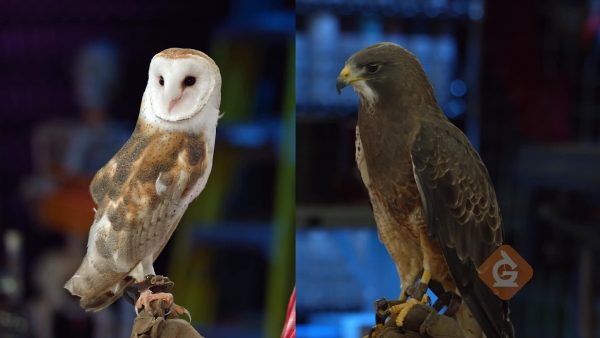
Competition is a type of symbiotic relationship in which two organisms compete for the same resource (their prey). If two animals both hunt the same prey (e.g., the hawk and the owl both hunt for rodents, lizards, and small birds), then one or both could be limited in growth and reproduction. However, when we observe them, we notice that hawks hunt during the day and owls hunt at night. So they are usually not competing at the same time.
There are competitive relationships in many ecosystems. But over many generations, we find that both organisms have adapted and found a specialty that allows both to thrive. For example, they hunt at different times (hawk and owl), they might have developed great speed or strength (cheetah and lion), or they hunt using different techniques (leopard seals typically hunt penguins close to the edge of land, whereas killer whales hunt in pods).
Parasitism
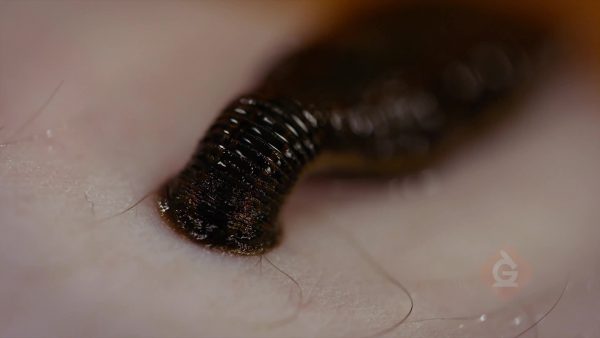
Ticks and leeches are examples of parasites. They benefit from the relationship, but the other organism—their host (e.g., a human)—is harmed.
Parasites may have complicated life cycles, like the green-banded broodsac, a tiny worm that grows inside and takes over its host’s (a snail) brain. The pulsing of its body attracts birds. The birds eat the snail, allowing the worm to enter the bird’s digestive tract to reproduce.
There are even parasitic plants. Mistletoe grows on top of other trees, and their specialized roots grow into the tree to extract water and nutrients, which sometimes kills the host plant.
Mutualism
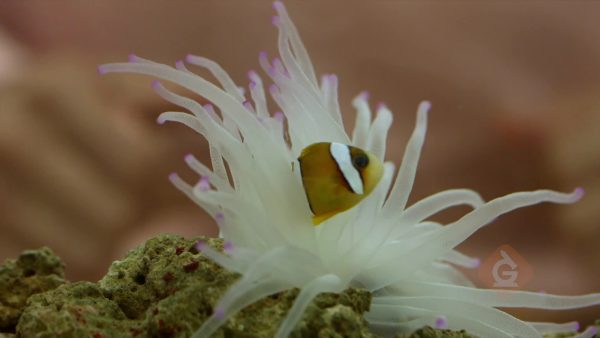
Not all feeding relationships have a downside. Mutualism is a relationship that benefits both organisms. The sea anemone and the clown fish protect each other. The anemone’s poisonous tentacles protect the clown fish from predators, and the clown fish chases away anything that tries to nibble at the anemone. A win-win!
Although termites can be pretty destructive if they are in the wood of your house, they can’t digest the wood fibers on their own. Termites have mutualistic bacteria in their stomachs that can break down wood into sugars that both the termite and the bacteria use as food.
Commensalism
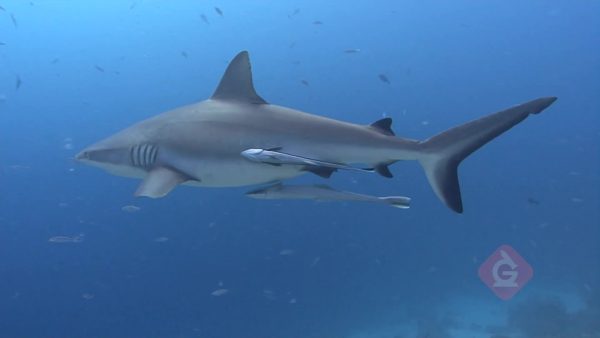
The final type of feeding relationship is commensalism—one organism benefits and the other is neither helped nor hurt. Remora fish attach themselves to sharks and eat the leftovers. The remora gets fed, but the shark is neither helped nor harmed.
There are commensal relationships with plants. In the wild, tropical orchids grow on top of some trees. The orchid gets more sunlight but has no effect on the tree.
You can probably think of examples of each of the feeding relationships between humans and other organisms, but can you think of a commensal relationship? Almost every human has microscopic mites living on and in their bodies! Mites frequently live in the pores on our faces and feed on oils and dead skin cells with no effect on us.
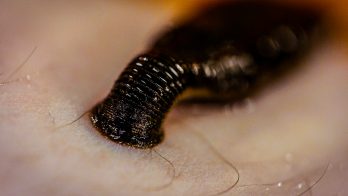
































































































































 Select a Google Form
Select a Google Form












